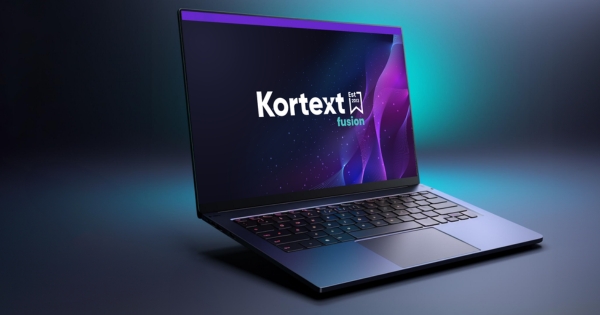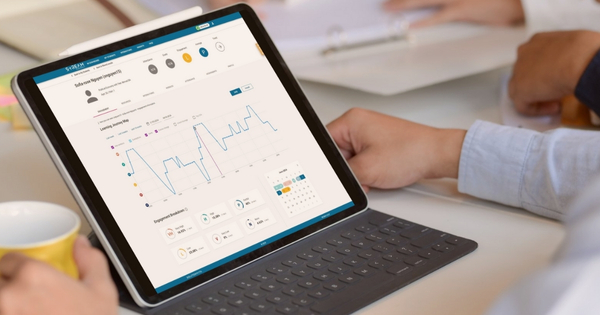Personal tutoring is changing
In recent years, a shift in who holds responsibility for the provision of personal tutoring and guidance has become apparent within UK higher education. The personal academic tutor role is the most widespread model – where academic colleagues become the named tutor for a small group of students studying the programme that they are teaching with responsibility for the provision of academic guidance, and general pastoral support – insofar as it impacts on student’s academic engagement.
In my experience, many academic colleagues feel strongly that pastoral advice and guidance must be part of the academic role because of the need for the tutor to provide programme and discipline-related advice to students. This perspective is strengthened where programmes are professionally regulated or accredited or where subject-related placement activity formed an inherent part of the programme structure.
However, increasingly, the responsibilities and the associated financial resource are being relocated in new, centrally based professional services teams. Whether known as Student Journey Advisers, Academic Coaches or similar, the role typically creates a professional team of advisers who are proficient in their understanding of the policy and regulatory framework within which students are studying and who can therefore provide personalised advice and guidance based on individual circumstances. Often, these centrally situated teams are aligned to faculties or programmes to build up expertise in the academic and programme-specific issues likely to be raised by students within those faculty areas.
Hybrid models also exist – where responsibility for the provision of academic, programme-related advice remains with academic colleagues, but where more pastoral related matters are referred to, triaged and overseen by a smaller professional services team, with the ability to escalate to specialist services as appropriate.
While a reluctance to remove academic involvement in personal tutoring altogether may have been evident a few years ago, this too is changing, although the need for specific programme-related academic guidance will remain. The shifts appear to reflect the reality of modern student life – personal and pastoral matters impact on students’ ability to engage with their studies. Moreover, how they feel about their studies – including a sense of how they are getting on – can have an impact on how they are engaging with the more social aspects of university life. The picture is clearly complex and evolving, and individuals both demand and deserve an individual, personalised response.
Data-informed personal tutoring
The availability of data on how students are engaging with their studies is playing an important part in this shift in practice. The big data sets available within our StREAM student engagement analytics platform allow for both a granular exploration of how individual students are engaging with their studies – how often they are using academic resources and participating in educationally purposeful activities, and cohort insights that can inform curriculum design, development and delivery.
Data is proving to be a means by which universities can get upstream of issues that could potentially result in students disengaging with their studies. Often however, data on student engagement is held across multiple digital systems making it hard to build a realistic picture of student engagement – whether individually or at cohort level. Add to that the fact that most academic staff, let alone pastoral support teams who are looking for these data insights to support their work with students, tend not to have access to the data within these systems. All told, there can therefore be real challenges with the right people being able to access the right engagement data to support students.
This is where StREAM can help. StREAM is a student engagement analytics platform that pulls data from these multiple digital systems, applies a proprietary engagement algorithm and presents back information on how students are engaging with their studies – also individually and at cohort level – in visual format to the university. Visualising this information makes it easier and quicker for colleagues involved in pastoral support to pick up on digital signals of disengagement, helping them to know where and how to target their attention.
The value of digital engagement signals
As a result of this visual individual learning journey map, digital signals – changes in engagement patterns compared to what is normal for an individual – are evident within StREAM before an individual tutor may be aware that a student has been regularly missing from class or isn’t accessing resources in line with what would be expected for them. Engagement information is not only available within StREAM, but the auto-notifications functionality can be configured to push information about student engagement – or lack thereof – based on institution-defined criteria, straight out to the people who are tasked with the provision of academic and pastoral support enabling them to know where and how to focus their outreach activity.
Data and academic governance
Daily, operational benefits aside, the use of big data in personal tutoring contexts is also important from an academic governance perspective. Universities are finding that information on when and how students have engaged with their studies are enabling data-informed decision-making at exam boards, or in complaints and appeals where, for example, students are being withdrawn for academic failure. Interaction notes within StREAM can provide an evidence base for some professional and regulatory bodies e.g. to capture progress against professional requirements and document agreed actions. In turn, when there are questions around achievement against the agreed objectives, StREAM is providing evidence to support decisions to withdraw a student where this is either required from a regulatory perspective or is the most appropriate course of action for a student.
Data-informed resource allocation
Knowing which student support services are in demand across the academic year accommodates the strategic allocation and deployment of limited resources. In the same way that data can indicate need for outreach at the individual student level, the larger data sets within StREAM – e.g., around the demand on specific student support services, should not simply inform resource allocation, but should also be used to initiate outreach campaigns in advance of any pressure points or bottlenecks in demand. Pre-empting a rise in requests for support on a particular support team by creating and deploying a well-planned campaign around managing assessment stress or effective time-management, can enable more effective and efficient use of resources and help those teams themselves get upstream of a potential crisis or bottleneck where demand outstrips supply.
Data-informed decision-making
Given the ubiquitous nature of data and the continuing emphasis placed on big data sets by the Office for Students, particularly with the next round of TEF submissions on the way or the use of data for access and participation purposes, universities have little choice but to get to grips with what their data is telling them. The resulting insights can then meaningfully inform strategic priorities, determine resource allocation, and shape organisational structures and models to maximise the student experience in as efficient a way as possible.
In line with good reflective practice, it makes sense to consider how to use student engagement data to consider how effectively personal tutoring is being conducted within an institution with a view to using the data to inform policy enhancements and make real improvements at the level of the student experience.
Intelligent data use
The use of data within higher education is here to stay. It is therefore important for institutions and teams within institutions to determine how to use that data wisely and impactfully to help accomplish broader strategic and policy objectives – using it to facilitate change and bring about a more informed approach to institutional decision-making as an iterative virtuous circle where institutions reflect on what works, learn from experience and use the emerging evidence to inform enhancement activity.
For colleagues who are not data analysts, the wealth and type of data available can be intimidating and confusing. By visualising data from multiple systems and presenting it visually, to enable staff users to know where to focus their time and attention, StREAM can be a valuable tool in the institutional pastoral support toolkit. Refining and improving practice are just as important at individual staff and student level as it is at institutional level. The living, breathing nature of data means that the ways in which institutions and individuals using that data need to be similarly agile.






